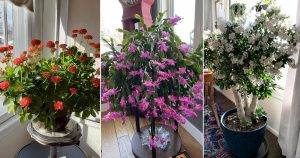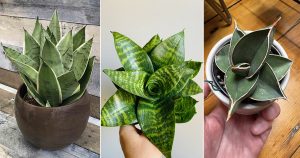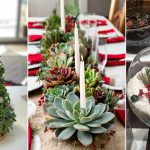Are you ready to propagate some easy-growing plants this spring? Here are some succulents that grow from leaves easily.
One of the most endearing facts about some succulents is how efficiently they can grow into a new plant just from their tiny leaves. A little bit of patience and a continuous supply of care are the things to take care of as you grow them. So, are you ready to know which ones to start with? Read along.
Succulents That Grow From Leaves
1. Mother of Millions
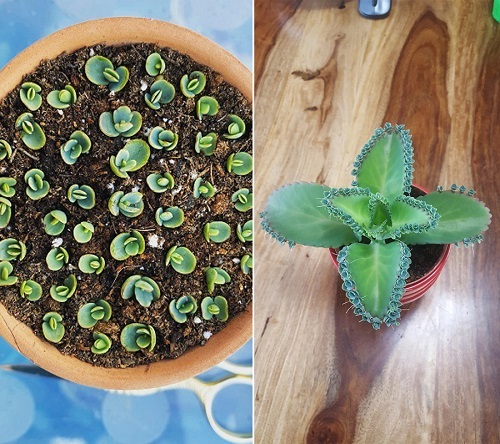
Botanical Name: Kalanchoe daigremontiana
The Mother of Thousands has made it to the top of this list for a very good reason! It can produce countless baby plants (plantlets) along the edges of its leaves. These plantlets detach from the parent plant on their own and grow in the soil independently.
The catch here is that this easy-growing plant is considered invasive in many regions as it can produce an uncountable number of plantlets wherever they grow.
2. Donkey’s Tail
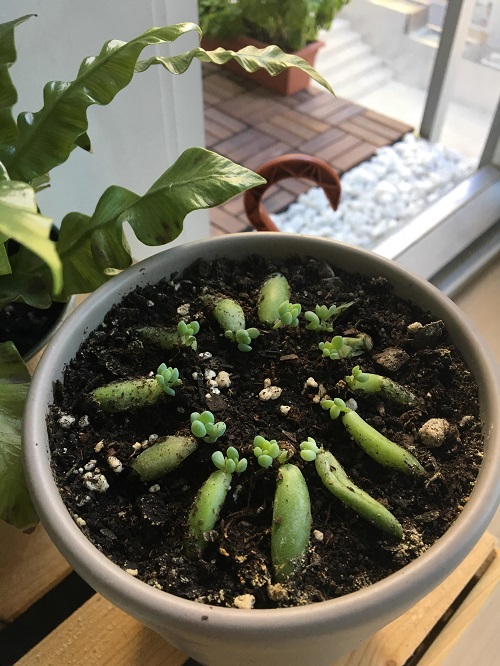
Botanical Name: Sedum morganianum
This beautiful succulent goes by its name because of its cascading stems with plump and pulpy leaves dangling closely packed together. Interestingly, each stem resembles the fluffy tail of a donkey!
Additionally, the leaves are so delicately attached to the stems that just with the slightest disturbance, they can easily fall off. But don’t worry, if something like this happens to you, just lay them on a well-prepared succulent soil mix and reward yourself with several new plantlets.
3. Ghost Plant
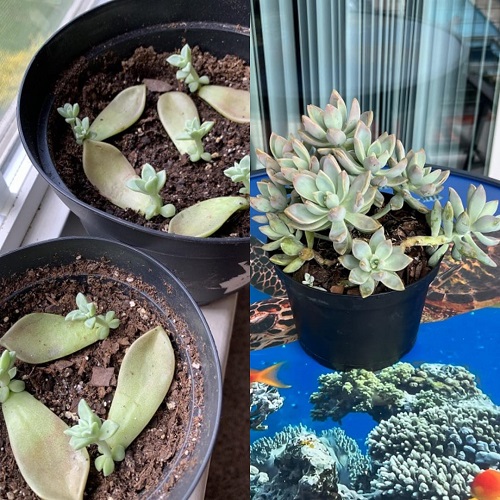
Botanical Name: Graptopetalum paraguayense
Relax, it doesn’t invite any ghosts or spirits. Rather it’s just a succulent from the Jade family abundantly growing in the regions of Mexico. It has a very strong resemblance to Echeverias because of its rosette pattern and foliage.
However, the one thing that sets them apart is the white powdery coating on the leaves, which gives a dusty appearance that protects from harsh sunrays, and probably gave it its name too.
4. Echeveria
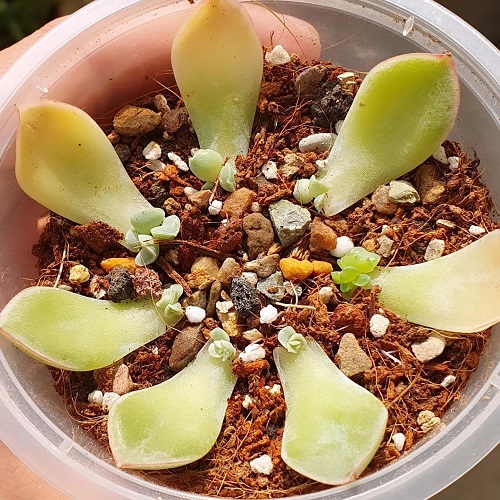
Botanical Name: Echeveria species
Whenever succulents become a part of any discussion, Echeverias are the first things that come to most plant lovers’ minds! The gorgeously arranged symmetrical rosettes are admired by everyone and why not? Echeveria succulents come in bright shades, ranging from small to large sizes in beautiful rosettes.
If you want to expand your collection then this is a great time to do that because they grow actively during the spring-summer season.
5. Jade Plant
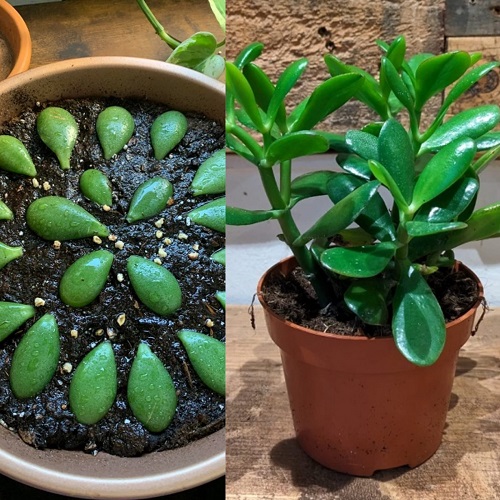
Botanical Name: Crassula ovata
Do you own this common houseplant too? If you do let us know what you call it in your region, the Money plant or the Silver Dollar Plant. Besides, the Jade plant is an easy-going succulent that stores water in the leaves, stems, and roots.
It makes a great houseplant as it grows well in compact containers, is relatively slow-growing, likes the warm, dry conditions found in most homes, and also tolerates short periods of
Fun Fact: The Khoi and other African people used the roots for food, grated and cooked with thick milk. They also used the leaves for medicinal purposes.
6. Snake Plant
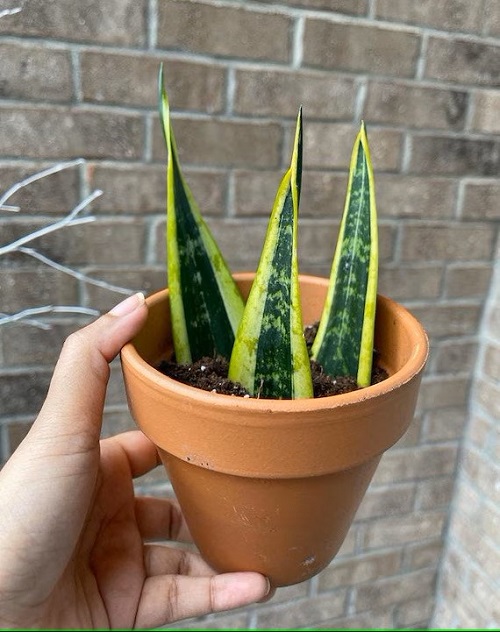
Botanical Name: Dracaena trifasciata
When it comes to propagating Snake plants, the best way is via leaf cuttings! The first obvious reason is that it doesn’t have branches or stems, and on the other hand, one single leaf cutting can grow new roots within 2-3 weeks which is a very short time!
In fact, one cutting can even give out more than one offset at a time! So, what else can such a sophisticated plant give more, right? You are actually wrong. This super plant has many other benefits to offer, some of which are listed in this article!
7. Moonstones
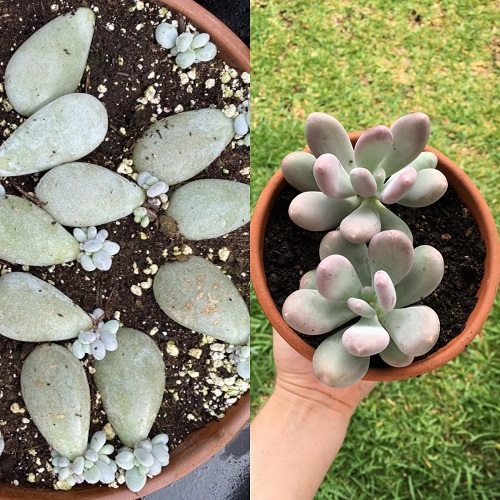
Botanical Name: Pachyphytum oviferum
Just have a glance at those adorable leaves, appearing like small candies attached together! Some say they also look like opals or gems, especially the Pachyphytum oviferum ‘Variegata’ cultivar with its bluish-green or pastel hues. This is probably why they are called “Moonstones”.
If you want to propagate and have more of them, then just gently twist a leaf off and set it aside for a few days until it develops a callus. Then just lay these on a moist succulent mix and keep it in a partially shaded spot.
8. String of Pearls
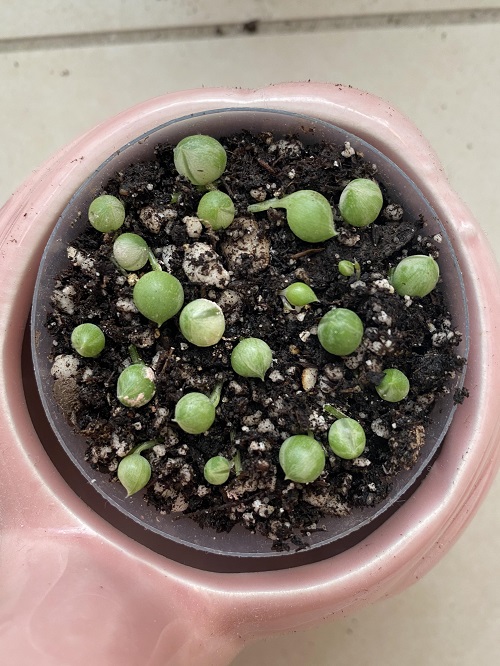
Botanical Name: Senecio rowleyanus
The star of succulent vines—String of Pearls is a unique plant that features round green leaves on its thin stems. Particularly, this is the reason it is named so because the foliage is so perfectly spherical and attractive. It is considered one of the best hanging succulents one can own in their garden!
If you grow this one, then just make sure that you always keep it on the drier side because just a little bit of excess moisture can kill the plant as it is quite prone to root rot. You can check out the surprising places to hang your string of pearls for maximum growth also here!
9. Jelly Bean Plant
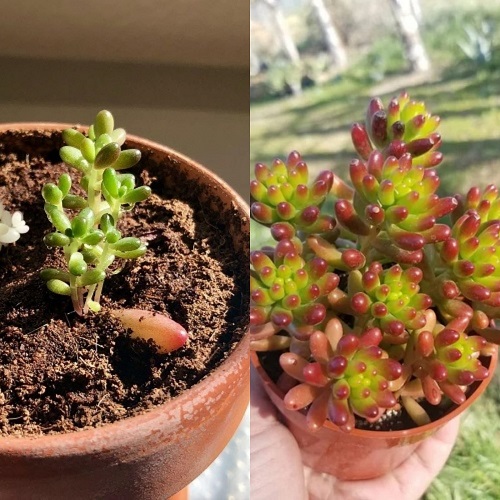
Botanical Name: Sedum rubrotinctum
A cute-looking succulent that flourishes in both outdoor and indoor settings. Most collectors have at least one species in their collection because it can be seen growing in almost all regions around the globe and is actually very adaptable to different environments.
Like all the others on the list, this one too can be grown from leaves easily and with such a resilient growing nature it seems to be great for beginners to start with!
10. Sedeveria

Botanical Name: Sedeveria species
The combination of all the attractive features of Sedums and Echeverias is what Sedeverias offers! This is actually a hybrid of both genera to create a new advanced variety. Additionally, this lovely ornamental succulent originates from the U.S.
When it comes to multiplying it, then the best and simplest way to propagate this succulent is from the matured leaves of a healthy plant.
11. Bear Paw Plants
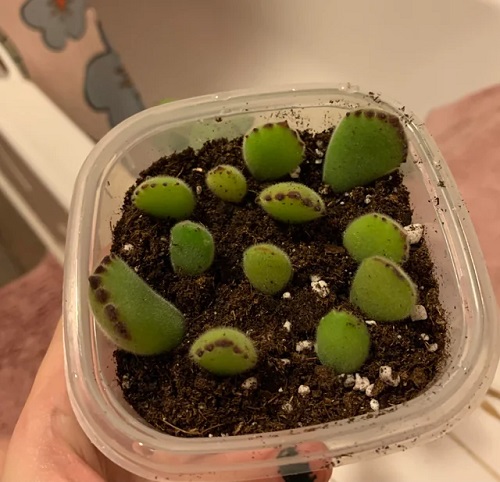
Botanical Name: Cotyledon tomentosa
The Bear Paw succulent is quite a beautiful, easy-to-care-for plant with some quirky and interesting features. One is the animal paw-shaped leaves that either look like a bear’s paw or a panda’s paw. However, this paw-like succulent isn’t actually paw-friendly and is toxic to dogs and cats!
Besides, you can still grow it in your home with some precautionary measures. Also, the propagation process is versatile—you can grow it from stems, leaves, offsets, or even seeds. However, the easiest and fastest way by far for home gardeners is through stem or leaf cuttings.
So, where do you want to start from? Let us know in the comments section below and we will tell you how to start off!


